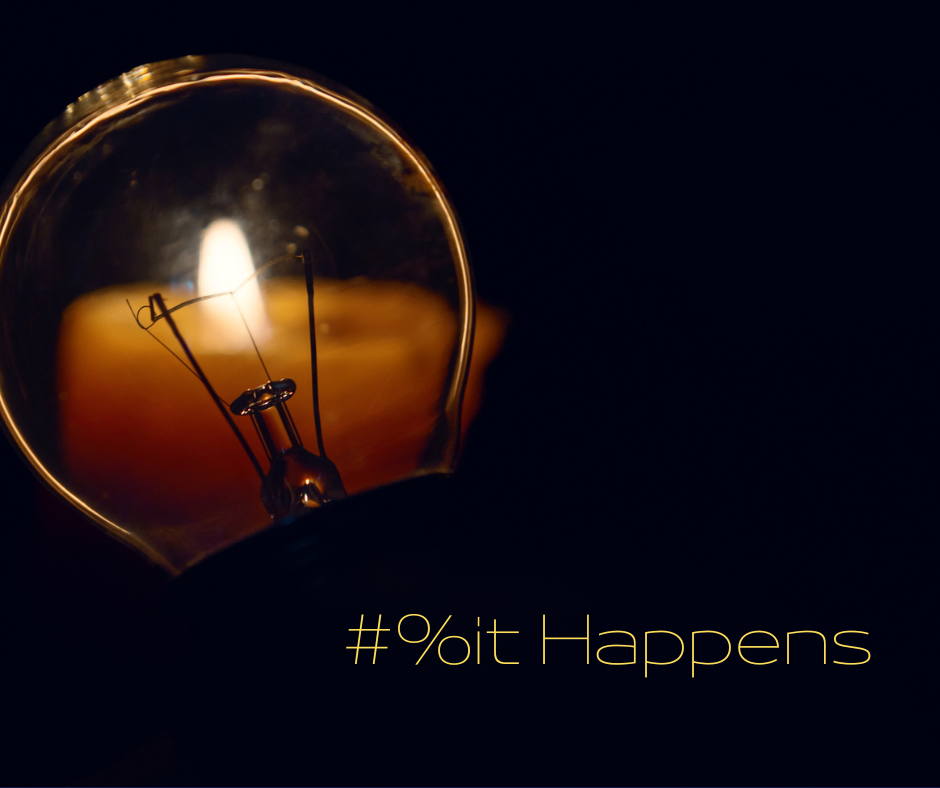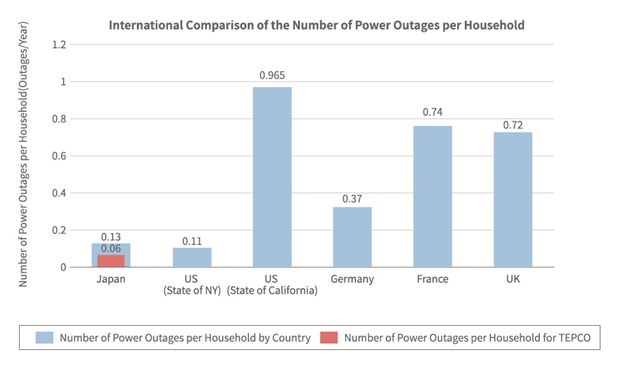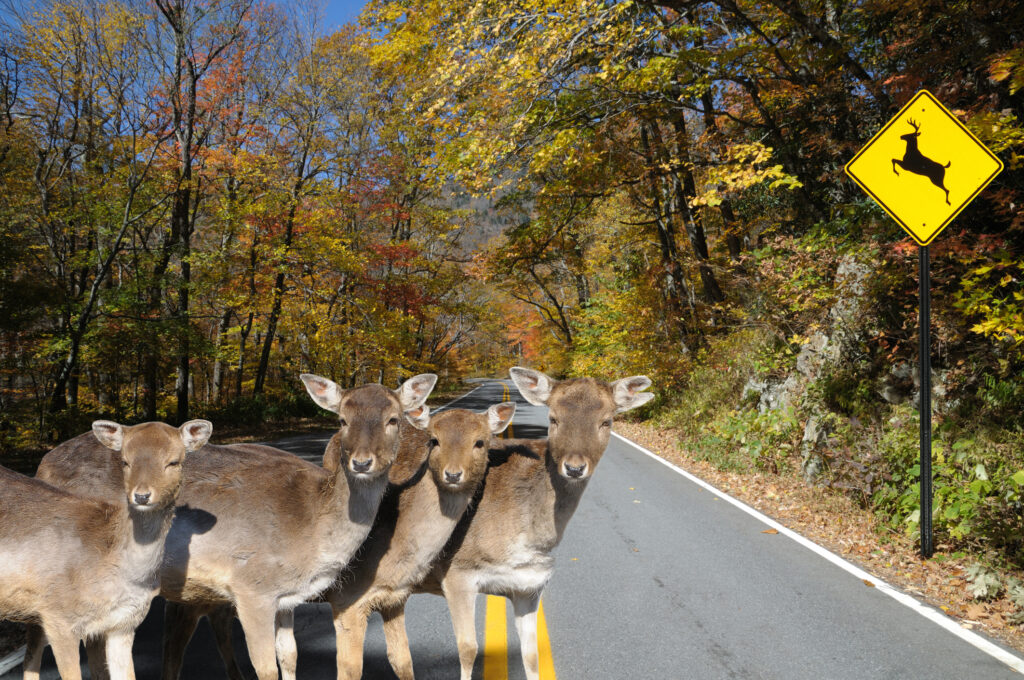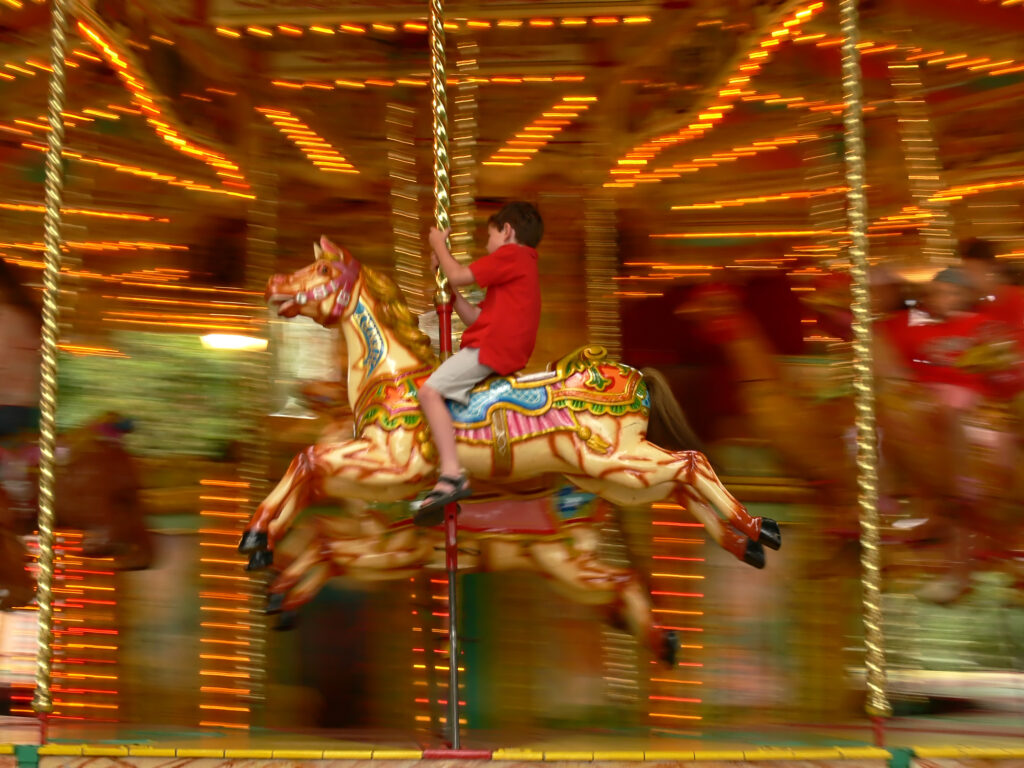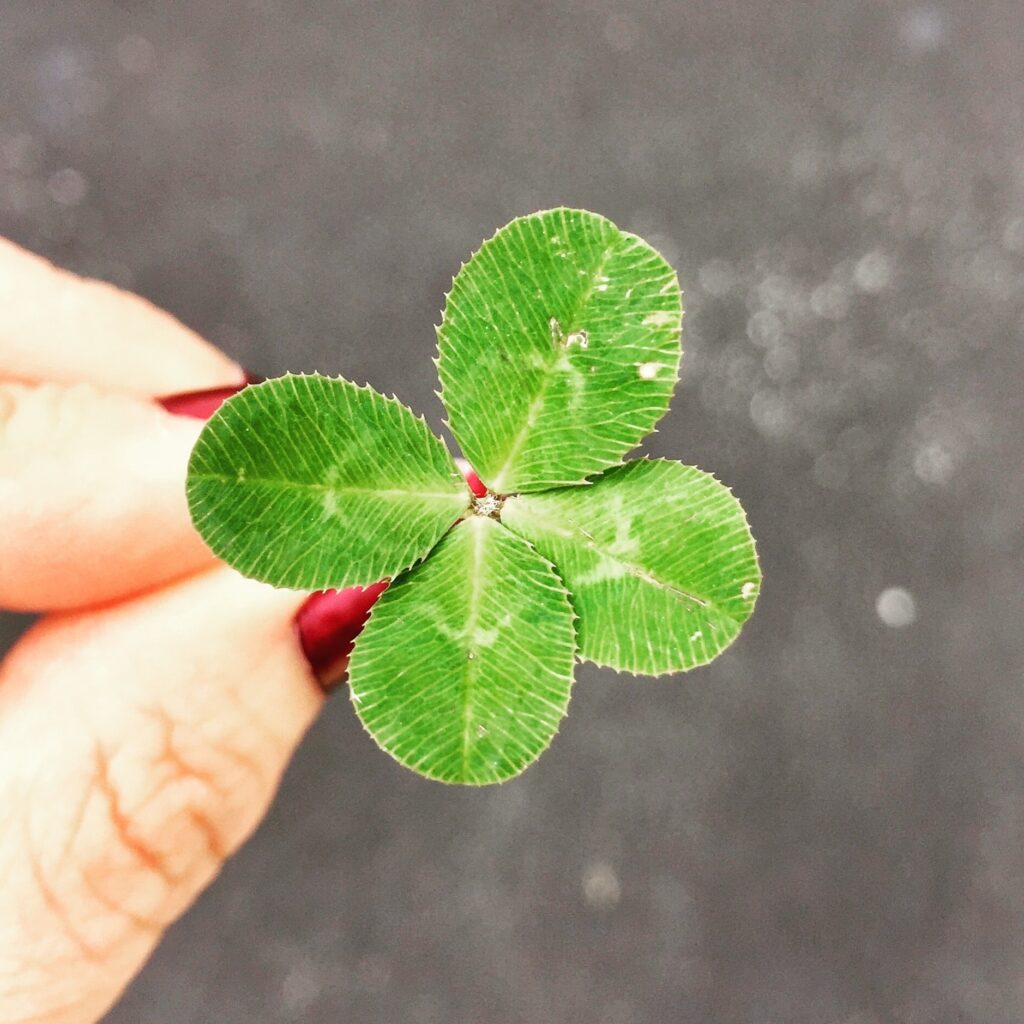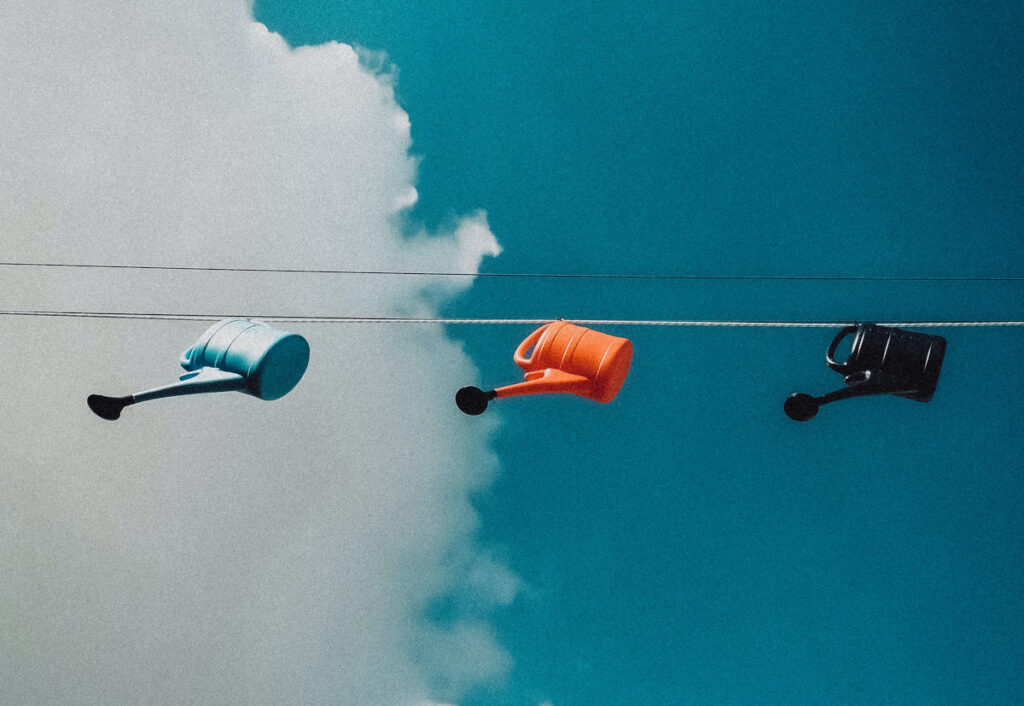【SEEDS of YOGA】人生で避けては通れないもの
2023-04-02
Nothing Is Certain Except Death & Taxes

※英語の後に日本語が続きます
Nothing Is Certain Except Death & Taxes
~Detachment & How It Can Help You Prepare for the Inevitable~
The other day I was preparing for an upcoming wellness seminar when I came across my notes on a story called the Yaksha Prashna from the great Indian epic, The Mahabharata. In it, the rightful King Yudhishthira comes upon a lake and the lifeless bodies of his 4 beloved brothers. In order to safely quench his overwhelming thirst and grieve for his brothers, he is tasked with correctly answering the questions of the spirit yaksha.
Through their subsequent dialogue, Yudhishthira and the Yaksha (who has mysteriously appeared in the form of a crane) enlighten the reader on the morals, values and ideals of the Ancients as well as the foundational concepts of Indian philosophy.
Q: “What is more fleetier (runs around faster) than the Wind?”
A: “The Mind”
From here we learn the concept of the ‘monkey mind’, one of the biggest obstacles to finding peace, happiness and contentment and one of the key targets of our sadhana (practice).
Q: “What is the most valuable possession?”
A: “Knowledge”
Q: “What if renounced, makes one happy?”
A: “Desire”
From these exchanges we learn about how controlling our desire for things such as material wealth can help us to find true happiness; another key tenet in many Eastern teachings and a focal point for many practices.
The two following exchanges shed a powerful light on the kind of mindset we should cultivate to live a life of ‘shant’ (peace) and have had a profound impact on my life and how I try to share the teachings.
Q: What is sorrow (grief)?
A: Ignorance
Q: What is the greatest wonder of the world?
A: Everyday people around us are dying and leaving this world. However, each of us thinks that somehow we will escape death and live forever. Isn’t this the greatest wonder of the world?
Often, unless we are faced with a great tragedy – 9/11, the great Tsunami in Japan, an illness or death in the family – we spend so much of our lives conveniently forgetting the fact that we are mortal. This ignorance often results in a misguided perspective and misplaced priorities. And, at some point, these lead to the sort of grief and sorrow that Yudhishthira was alluding to.
Case in point, a recent medical scare at home put everything suddenly back into perspective. All of the things that had been bothering me – misunderstandings and confusions, concerns about the future, how to best take care of an aging parent – vanished in the blink of an eye. The shock and gravity of the scare had eclipsed all of my daily frustrations and challenges. There was an instant reshuffling of priorities; what should matter more now actually mattered more. It was like a fog had lifted and Right Perspective had recaptured its rightful place.
Fortunately, the medical tests came out negative and we were able to get somewhat back to our regular lives. But that moment in time of uncertainty was, paradoxically, a moment of true clarity. And, if viewed and appreciated for the incredible reminder that it is, can help to reshape the way we look at life from that day onwards.
IGNORANCE, SORROW & THE WAY OUT
When, as Yudhishthira reminds us, the inevitable illness and death appear, ignorance (avidya) comes in at least two ways:
- Ignorance of the fact that this day of illness and/or death would eventually come. This may lead to regret because, if we were not ignorant of this, we may have taken actions or spent time and our attention in other ways.
- Ignorance that this life is impermanent (see: “The Illusion of Permanence”). This second ignorance, a sort of disbelief or forgetting that all things and people must at some time go, leads to attachment (see: raga).
Both ultimately lead to grief, sorrow and suffering.
The Ancients warn us about our ignorance (avidya) so that we can:
- Be more aware of our very human tendency to lose Right Perspective
- Protect against ignorance and the sorrow it causes through developing Detachment
The Bhagavad Gita and Patanjai Yoga Sutras, along with many other of the ancient texts, talk about the practice of ‘letting go’ or vairagya*. These texts make it very clear that detachment or renunciation is a practice and not just something that happens automatically in humans. So like any practice, it needs to be cultivated. More on that in a moment.
But first, what is this state we are calling detachment?
There is a real danger of taking it to be apathy, uncaring or perhaps an aloofness. It is actually quite the opposite. Detachment can be seen as ‘dispassion’ with the idea being that we try to separate ourselves from the passion that tends to clutter the mind and pull us off of our center. With a clear heart and mind, we act and feel from a place that is anchored in truth as opposed to ignorance.
Of course detaching can be difficult with even the simplest of objects such as foods. Anyone who has tried to give up their ‘love’ of chocolate, wine, fried foods or pastries, knows this can be a Herculean task. And even if we physically let go of the food, the attachment usually persists. Just thinking about it brings back a rush of emotion and heaven forbid we see or smell that food again!
Now, extending our efforts for dispassion towards other material things like wealth, houses, cars is one thing, doing the same for more abstract notions such as status or title, quite another. Our sense of identity is something we have spent a long time, indeed all of our lives, creating. So, freeing ourselves from these attachments is something few of us are even keen to pursue. (Note to self: what happens when this is eventually lost?)
Talking about identity, what about extending detachment to our own bodies? How can we not be attached to the body that has served us for so long and physically represents us to the world? (Wait, what about my face, my long hair, my ability to do handstands?)
But if we pay heed to Yudhishithira’s words, it is obvious that our bodies have and will change. I may not be able to do 20 years from now what I did 20 years ago. Anyone else feel the same? So, detaching from the body now may make things a little easier later on.
And then what about loved ones? Not attaching to loved ones may seem antithetical but often we mistake our own desires for love. Our desires such as wanting our children to become doctors or engineers, wanting our parents to stay together, wanting our partners to act a certain way and so on may be born from good intentions but ultimately can lead to grief and frustration for all involved. As the musician Sting (the Yudhishithira of the 70s, 80s, 90s and today?) reminded us, “if you love somebody, set them free. Free, free, set them free”. To do that, we cannot be attached.
This may seem like a perplexing, uphill battle but it is at the crux of the spiritual practice of yoga. And there is a way to soften the strong attachments, both conscious and unconscious, that pervade our lives.
STEPS FOR CULTIVATING DETACHMENT
- AWARENESS: Acknowledge that there is work to be done and that there is a benefit (i.e. freedom from ignorance = freedom from grief and sorrow; right perspective prepares us for the inevitable). This will become easier as you start to feel and live the changes the practice will undoubtedly bring about.
- OBSERVATION: Start with the small things such as noticing the foods you are attached to or unhealthy routines like looking at your smart phone just before bed. Your observations will inform what you need to do next.
- ACTION: Acknowledging and recognizing are good first steps but without action, there is no lasting change. Action in the new direction will be challenging but that’s exactly why it is called training. Again start with something small and manageable like just reducing the amount of junk food or alcohol you consume. You may not get it perfect right away (if you do, call the Guinness Book folks!) but everyday you practice training in a new direction, you will get a little further from attachment and a little closer to detachment.
- REPEAT 1 through 3. And repeat. And repeat.
DEATH & TAXES
Although nothing may be certain besides death and taxes, once a year we are forced to deal with the latter. If we hope to reduce our own future grief and sorrow from the inevitable changes in our bodies, life and loved ones, we will be well served to start preparing now for the former.
—
*Reference excerpts from Bhagavad Gita (BG) & Patanjali Yoga Sutras (PYS)
BG 6.35: Lord Krishna said: O mighty-armed son of Kunti, what you say is correct; the mind is indeed very difficult to restrain. But by practice and detachment, it can be controlled.
श्रीभगवानुवाच | असंशयं महाबाहो मनो दुर्निग्रहं चलम् | अभ्यासेन तु कौन्तेय वैराग्येण च गृह्यते ||35||
śhrī bhagavān uvācha
asanśhayaṁ mahā-bāho mano durnigrahaṁ chalam
abhyāsena tu kaunteya vairāgyeṇa cha gṛihyate||35||
PYS:
1.12 There is suppression of that (the previous five mental modifications) by means of Abhyāsa (practice) and Vairāgya (renunciation).
अभ्यासवैराग्याभ्यां तन्निरोधः॥१२॥ Abhyāsavairāgyābhyāṁ tannirodhaḥ||12||
1.15 Vairāgya or Renunciation is known as the act of subjugating the desire for objects seen or repeatedly heard from the scriptures
दृष्टानुश्रविकविषयवितृष्णस्य वशीकारसञ्ज्ञा वैराग्यम्॥१५॥
Dṛṣṭānuśravikaviṣayavitṛṣṇasya vaśīkārasañjñā vairāgyam||15||
1.16 Indifference to the Guṇa-s, (the qualities of nature), because of a knowledge of Puruṣa (universal principle; true Self)is called the highest (Vairāgya or Renunciation)
तत्परं पुरुषख्यातेर्गुणवैतृष्ण्यम्॥१६॥ Tatparaṁ puruṣakhyāterguṇavaitṛṣṇyam||16||
人生で避けては通れないもの
〜ディタッチメント(無執着)は、不可避な事態に備えるために必要なもの〜
先日、ウェルネスセミナーの準備をしていたところ、インドの大叙事詩「マハーバーラタ」の詩節のひとつである「ヤクシャ・プラシュナ物語」のメモにふと目が止まりました。この物語はユディシュティラという名の国王が、湖で息絶えた最愛の弟たちを蘇らせるために、与えられた試練に対処していく様が描かれています。その試練とは、(不思議なことに鶴の姿で現れた)精霊ヤクシャからの問いに正しく答える事。
なかなかインド神話らしいストーリー展開ではありますが、試練を突破しようとする国王と精霊ヤクシャとの一問一答には古代人のモラル、価値観、理想などリアリティがあり、まるで神話の世界と現代がクロスオーバーしているようにも感じます。もちろん、インド哲学やヨガ哲学の基礎となる概念についても触れている素晴らしい詩節です。
Q:「風よりも速く駆け巡るものは何であるか?」
A:「それは心です。」
この問答から学べることは「モンキーマインド」についてです。このマインドは私たちのサーダナ(練習=日々のルーティン)として重要なテーマのひとつです。なぜならばこのモンキーマインドこそが私たちが持つ穏やかさ、幸福感、満たされた気持ちを妨げてしまうからなのです。
Q: 「最も価値のある財産は何であるか?」
A:「それは知識です。」
Q:「もしそれを失ったならば、人を満たしてくれるのは何であるか?」
A:”「それは欲望です。」
この問答から学べる事は、本当の幸福へ繋がる道についてです。物質的に満たされたいという欲望をコントロールできれば、その道はきっと開かれていくでしょう。
シャンティ(平和)な人生を送るために、私たちが身につけておくべき考え方を明確に示しているこれら2つの問答は、私自身の人生にも大きく影響を及ぼしました。
Q: この世の悲しみとは何であるか?
A: それは無知であることです。
Q:世界の最大の驚異は何であるか?
A: 世界中のどこかで毎日誰かが命を落とし、この世を去ります。それはいつか自分にも訪れるもの。しかし私たちは、それを自分事とするのをいつも忘れてしまうのです。これこそがこの世の不思議です。
9.11や3.11、家族の不幸といった大きな悲劇に直面しない限り、私たちは自分にもいつか死が訪れる事を忘れてしまうのです。物事を見誤ったり、判断に迷ったりする理由はここにも繋がっているのかもしれません。そして、いつしか、ユディシュティラの言葉にあるような憂いを感じるようになるのです。
先日我が家では、今私の身の回りで起きているすべての物事を見直すきっかけとなる気がかりな事が起きました。その出来事は、これからの将来の事や老いた親の世話についての悩みを一瞬にして吹き飛ばし、日々の暮らしの中で感じていた不満や問題をすべて消し去る程の衝撃でした。自分なりに考えていた優先順位は一瞬で入れ替わり、大切なものは更に重みを増しました。それは我慢や妥協ではなく、「正しい視点」が正しい位置に戻り、まるで霧が晴れたような感覚と気づきを味わったのです。
幸いにもその出来事は大事に至らず、私たちの日常は平穏を取り戻しつつあります。しかし、あの不安な時間が私にくれたものは人生そのものを見直すきっかけでもあったのは間違いありません。
IGNORANCE, SORROW & THE WAY OUT
無知・悲しみ・出口
- 大切な人との別れはいつか必ずやってくる事を忘れてしまう事。「あの時もっとこうすれば良かった」と後悔の念に駆られないためにも、大切な人との過ごし方について考える時間は誰にでもきっと必要でしょう。
- この世が永遠でないことを忘れてしまう事(参照:「永遠という名の錯覚」)。全ての物や人はいずれは消え去ります。望みが失われてしまいそうで目を背けやり過ごそうとしたとしても、知らぬ間に執着(参照:ラーガ)に繋がってしまうものなのです。
いずれの無知も最終的には悲しみや苦悩の道へと導かれてしまうのです。
古代の人々は、私たちの無知(アヴィディヤ)について、こんな風に警告をしています:
- 人間は正しい視点を失いがちな生き物であることを自覚しなさい。
- 「無執着」を身につける事で無知がもたらす悲しみから自分を守りなさい。
「バガヴァッド・ギータ」や「パタンジャリ・スートラ」、その他多くの古文書は、「手放す」こと、すなわちヴァイラーギャの実践について述べています(BG 6.35, PYS 1.12,15,16* )。そして、これらの文書が明確にしているのは、「無執着」はまさに練習が必要であり、生きていれば自然に身につくようなものではないということです。 ですから、あらゆる修行と同じように養っていく必要があります。
では、私たちが「無執着」と呼んでいるこの状態は一体何なのでしょうか。
無気力や無関心、あるいはよそよそしく冷たい振る舞いをするように受け取られがちですが、実際は全く逆である事をどうか知っておいて下さい。この「冷静さ」が、心を乱すものから自分を切り離してくれる助けになるのです。心穏やかでいられれば、真実がある場所から行動し感じることができるのです。
食べる物に今よりもっと気を配ろうとした経験のある人ならお分かりになると思いますが、チョコレートやワイン、揚げ物やお菓子への執着を捨てるにはかなりの努力を要します。身近だし簡単に始められそうな対象であるような気がしたのに…。たとえ物理的にその食べ物を諦めたとしても、執着というものはそう簡単に消えてくれないのです。その事を考えるだけで感情が揺さぶられ、見たり匂いを嗅ぐだけで一瞬にして虜になってしまうのです。
富や家、車といった物質的なものに対して、無執着になる事と、自分の役割、地位、肩書きといった抽象的なものに対して無執着になるのは全く別の話です。私たちが持つ自分らしさは、長い時間をかけて、いや、人生のすべてをかけて作り上げてきたものです。この愛着から解放されることを望む人はまずいないでしょうし、それを失うと私たちは一体どうなるでしょうか?
では、自分自身の身体への執着をなくすにはどうしたらよいのでしょう。 持って生まれた立派な眉(誰のことかな?)、髪、ハンドスタンドができる体力等、ずっと自分のために尽くしてくれているこの尊い存在を気にもとめず、愛着を持たずにいられるでしょうか?
私たちの身体はこれまでも、そしてこれからも変化していくことは明らかです。20年前にやっていたことが、20年後にはできなくなるかもしれない。自分の変化や老いを受け入れられず苦しみに耐え続けるより、「健康的な無執着」を今から身につける練習をしてもっと自由で楽になりましょう。
では、あなたの大切な人についてはどうでしょう。愛する人に執着しないことは、一見矛盾しているようにも聞こえます。私たちはしばしば、自分の欲望を愛だと錯覚する事があります。子供には医者やエンジニアになってほしい、両親にはずっと2人一緒にいてほしい、パートナーにはこうあってほしい…。この気持ちは善意から生まれているものだとしても、最終的には双方に不満や悲しみを抱かせてしまうのです。歌手のスティングも”Set them free”の歌詞の中で「誰かを愛するならば、その人を自由にさせて」とまるで現代のユディシュティラのように私たちにメッセージを送っています。そう、執着してはいけないのです。
これは一見不可解で、長く苦しい道のりに思えるかもしれませんが、これが本当の意味でのヨガの実践です。では次に、私たちの生活に蔓延している強い依存心を和らげる方法をお伝えします。
STEPS FOR CULTIVATING DETACHMENT
無執着を養っていくためのステップ
- 認識:成すべき事があり、そこに価値がある事を認識する。自分の心や身体にからみつく無知を解いていく事は悲しみや憂いからの解放です。その作業を繰り返す事で真実がある場所(正しい視点)に立ち正しく行動できるようになるのです。
- 観察:小さなステップから始めましょう。自分が好んで食べるものや、ベッドの上でのスマホ時間が不健康な習慣に思えたならば、次に何をすべきかが見えてきます。
- 行動:観察から気がつくのは最初の一歩として良い事なのですが、実際に行動しなければ、変化は見込めません。楽な道のりではないからこそ、私たちはこれを訓練や練習と呼んでいるのです。ジャンクフードやアルコールの摂取量を減らすなど、小さな一歩から始めてみましょう。すぐに完璧にはできないかもしれませんが(もしできたら、ギネスもの!)正しい視点がある場所へ歩き出せば、執着から離れて無執着へと近づいていけるのです。
- 反復:1〜3を繰り返しましょう。十分過ぎることはありません、何度でも繰り返しましょう。
DEATH & TAXES
人生で避けては通れないもの
ご存知の方もいるかと思いますが、英語のことわざには “Nothing is certain but death and taxes.” 「死と税金以外に確実なものなどない」という表現があります。つまりここでいう「death and taxes」は「絶対に避けられないもの」という意味になるのですが、後者とは年に一度の確定申告時に否が応でも真剣に向き合わなければなりません。だからもし、あなたの身体や生活、そして大切な人に将来訪れる変化や悲しみを少しでも抑えたいと思うのならば、前者に対する必要な準備に取り掛かるのはきっと今だと私は思うのです。
—
*バガヴァッド・ギータ(BG)、パタンジャリ・ヨーガ・スートラ(PYS)より抜粋
BG 6.35: クリシュナ神は言った: 強靭な腕を持つクンティの息子よ、あなたの言うことは正しい。しかし、修行と離脱によって、それを制御することができる。
श्रीभगवानुवाच | असंशयं महाबाहो मनो दुर्निग्रहं चलम् | अभ्यासेन तु कौन्तेय वैराग्येण च गृह्यते ||35||
śhrī bhagavān uvācha
asanśhayaṁ mahā-bāho mano durnigrahaṁ chalam
abhyāsena tu kaunteya vairāgyeṇa cha gṛihyate||35||
PYS:
1.12 アビヤーサ(修行)とヴァイラーギャ(放棄)によって、それ(前の五つの精神的変調)の抑制がある。
अभ्यासवैराग्याभ्यां तन्निरोधः॥१२॥ Abhyāsavairāgyābhyāṁ tannirodhaḥ||12||
1.15 VairāgyaまたはRenunciationは、経典から見たり繰り返し聞いたりした対象への欲望を抑える行為として知られています。
दृष्टानुश्रविकविषयवितृष्णस्य वशीकारसञ्ज्ञा वैराग्यम्॥१५॥
Dṛṣṭānuśravikaviṣayavitṛṣṇasya vaśīkārasañjñā vairāgyam||15||
1.16 プルシャ(普遍的な原理、真の自己)を知っているために、グナース(自然の性質)に無関心であることを、最高(ヴァイラーギャまたは放棄)と呼ぶのである。
तत्परं पुरुषख्यातेर्गुणवैतृष्ण्यम्॥१६॥ Tatparaṁ puruṣakhyāterguṇavaitṛṣṇyam||16|




